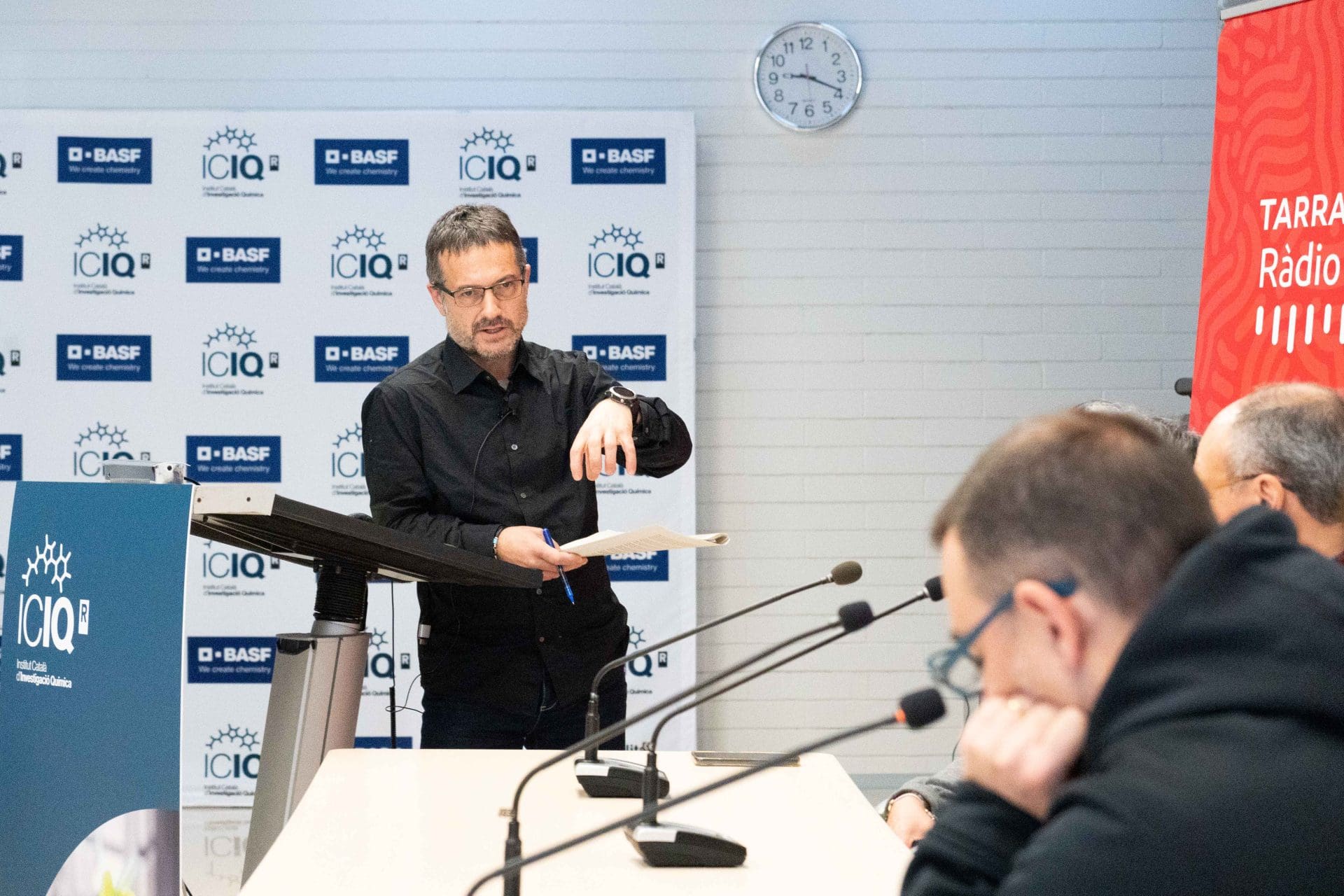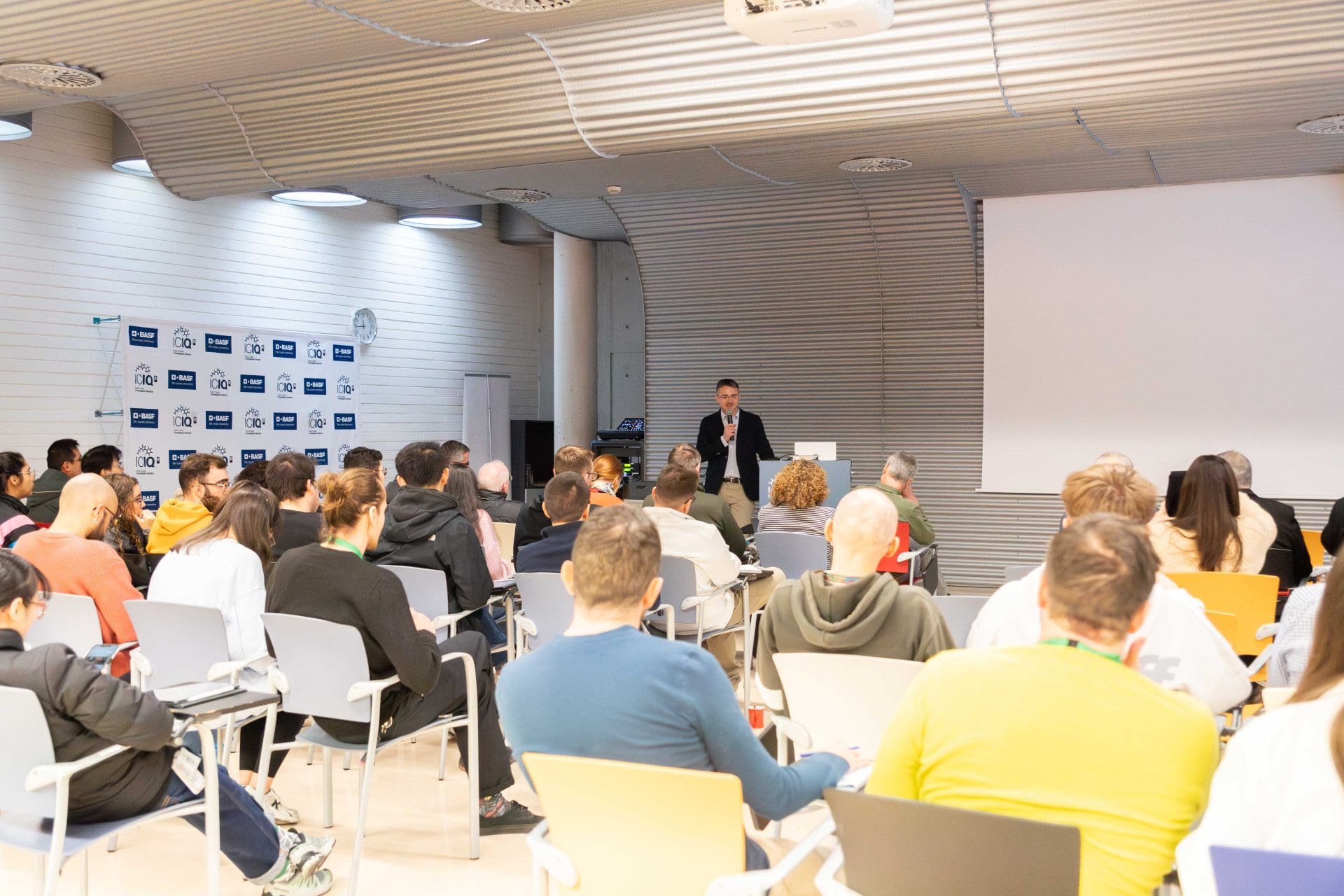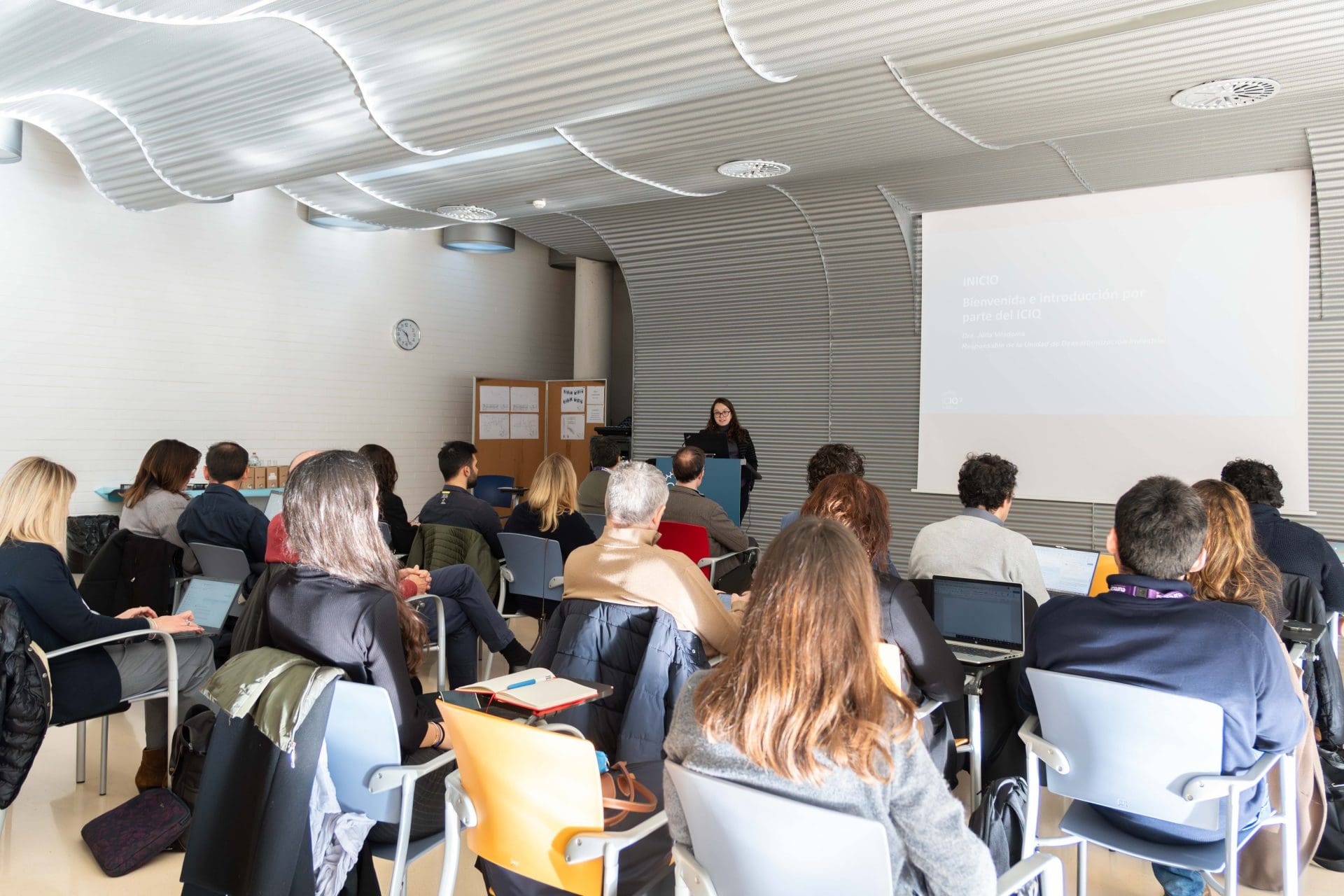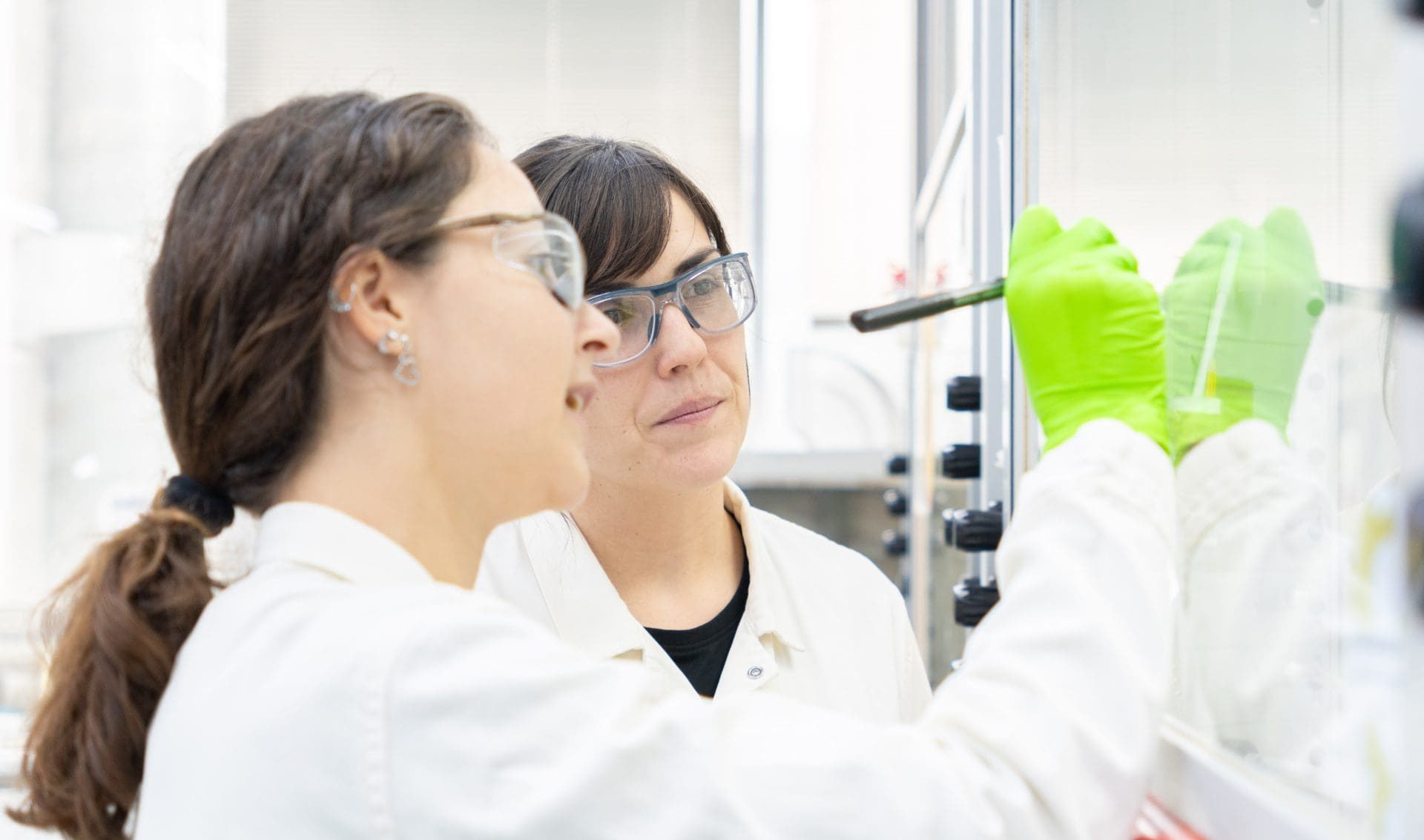ICIQ’s Palomares group participates in the Light4Lungs project
Antimicrobial resistance (AMR) is a looming menace to global public health. Over 670.000 cases of infections with multidrug-resistant bacteria occurred in the EU in 2015, causing about 33.000 deaths. AMR is threatening humanity’s capacity to treat infectious diseases, making it imperative to find alternative therapies to antibiotics. To help solve this problem, the Light4Lungs project aims at creating a new treatment that is both effective against bacterial infections – and their biofilms – and that doesn’t cause AMR.
Led by IQS School of Engineering‘s Prof. Santi Nonell, Light4Lungs brings together eight European partners including ICIQ’s Palomares research group. With a budget of € 3.493.625, the European Commission FET Open project will develop an alternative therapeutic scheme for the treatment of multidrug-resistant lung bacterial infections such as cystic fibrosis, MSRA or hospital-acquired lung infections. During the four-years project, the scientists will create a novel inhalable photodynamic therapy (PDT) by using non-intrusive light-emitting technology – delivered directly to the infected area – that through a chain reaction will selectively kill the lung-infecting bacteria. “The project moves closer to the real applications of nanomaterials for health care, so called nanomedicine,” explains ICIQ group leader and ICREA Prof. Emilio Palomares.
Healing light
Light4Lungs sets out to treat bacterial infections by a breathable light source thus avoiding externally added drugs – such as antibiotics – as well as the use of invasive physical treatments. The novel strategy is based on inhalable aerosol particles containing molecules with persistent luminescence that will activate endogenous bacterial photosensitizing molecules (particularly porphyrins) in the infected region of the lungs, producing reactive oxygen species that will selectively kill the lung-infecting bacteria.
This way, the project encompasses the development of particles with persistent luminescence, the aerosol technology for activation and delivery to the lungs and the definition of the treatment parameters through toxicity and efficacy tests in clinically relevant models of respiratory infections. The results of the project have the potential to go beyond the treatment of recalcitrant respiratory tract bacterial infections to other lung diseases and organs, enriching fields of healthcare, nanomedicine, materials science and nanotechnology.
Finding the Goldilocks of nanoparticles
The Consortium combines all the relevant scientific expertise; from photonics to chemistry, physics and medicine. One of the first milestones for the Light4Lungs project is finding the right particle to trigger the reaction that will ultimately help treat lung infections. To this end, ICIQ researchers from the Palomares group are bringing their expertise on nanoparticles to the table.
On the initial phases of the project, the ICIQ researchers are exploring different types of particles for the consortium to assess their potential. There are many variables to be considered: aside from being biocompatible molecules, the ideal candidate should be easily produced, economically viable, capable of being activated when needed and emitting, with persistent luminescence, on the right wavelength. “We have some promising preliminary results,” observes María Méndez, postdoctoral researcher from the Palomares group. “We’re now optimizing the particles: from finding the right size to tweaking the light they emit by doping them with metals,” she explains.
“It’s a novel approach,” concludes Santi Gené, laboratory engineer from the Palomares group who is also working on the project. “This can be helpful for many diseases but especially for cystic fibrosis, which can’t be cured and so, it’s important to find new treatments to improve people’s life quality.”
Related news

Let's create a brighter future
Join our team to work with renowned researchers, tackle groundbreaking
projects and contribute to meaningful scientific advancements
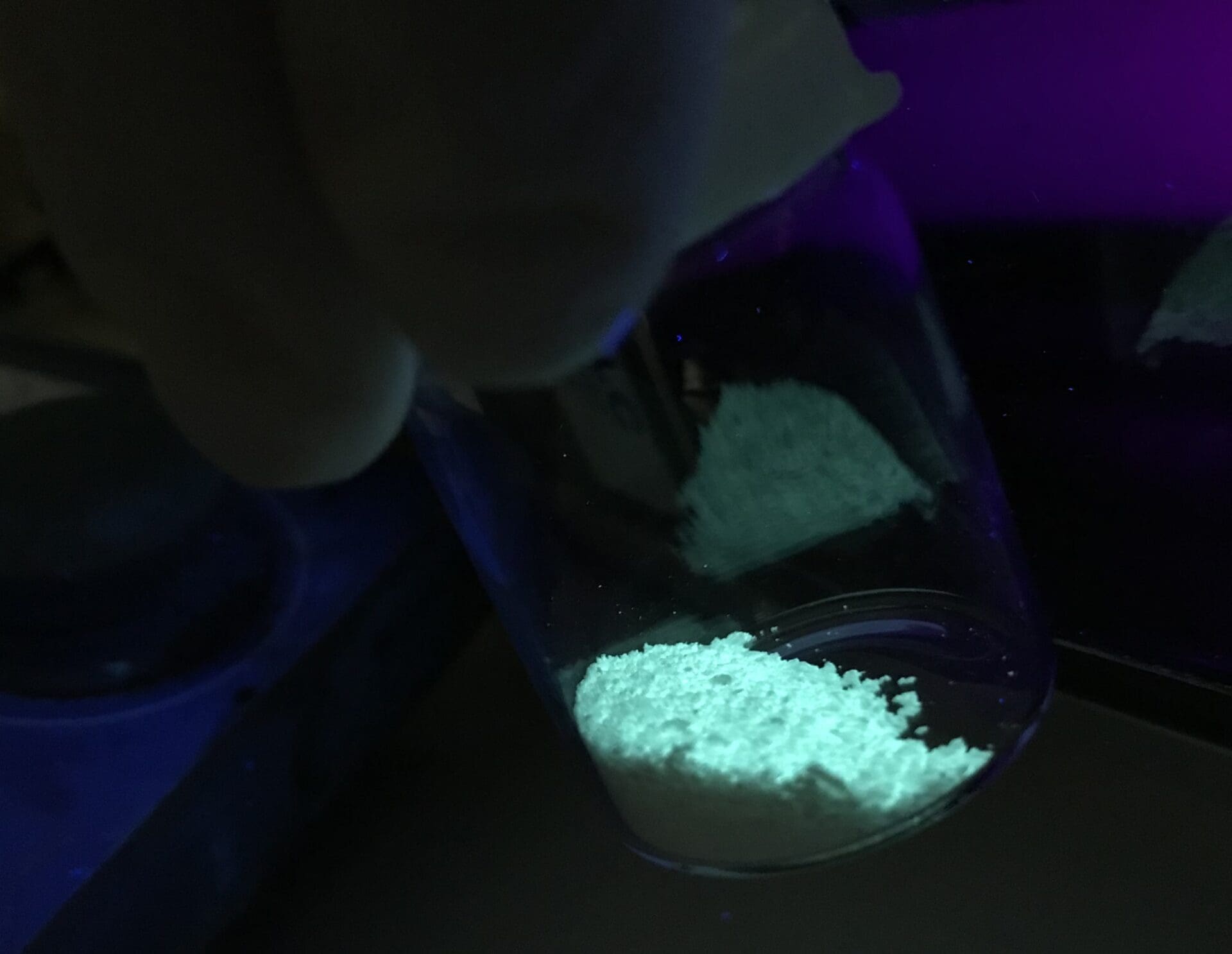
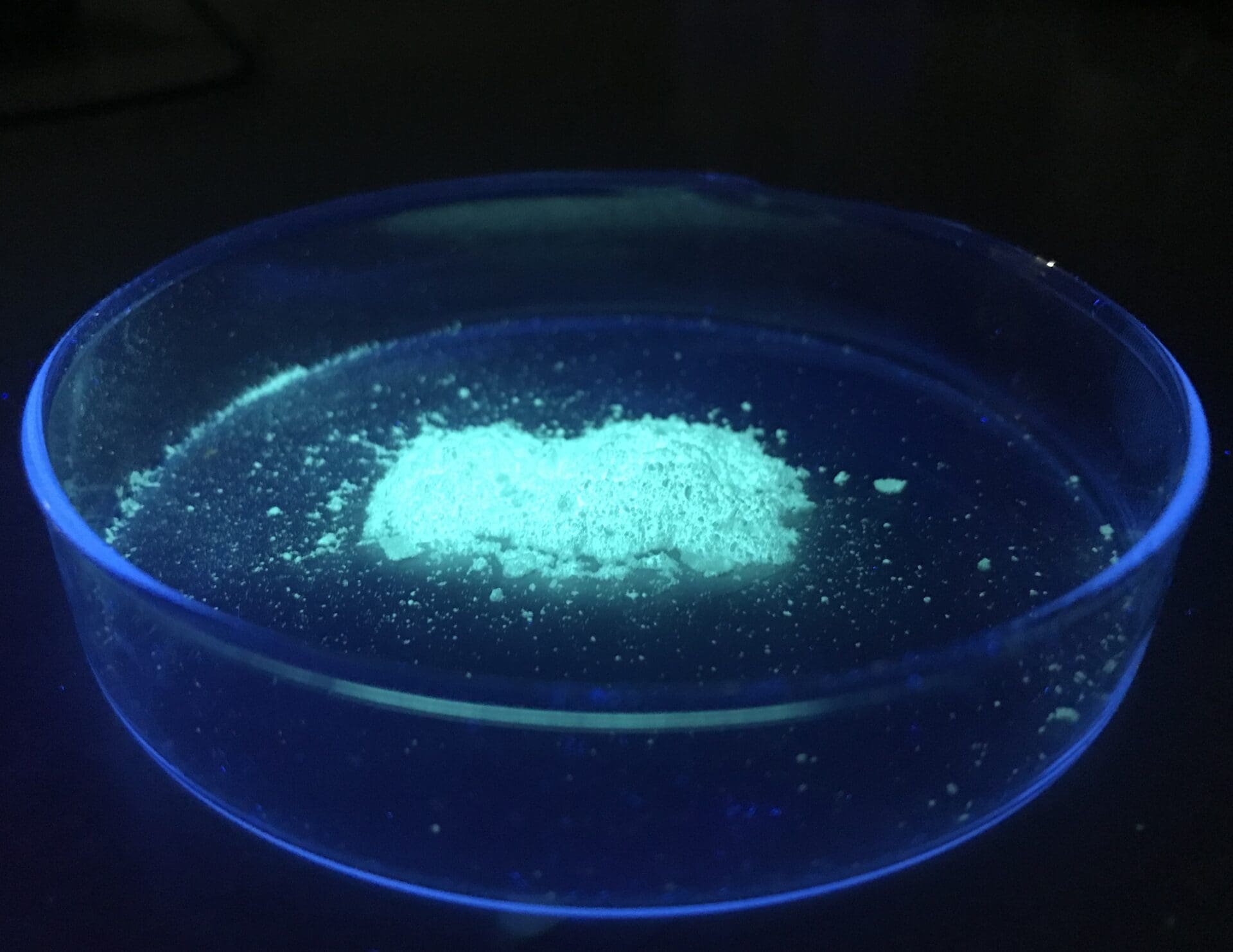
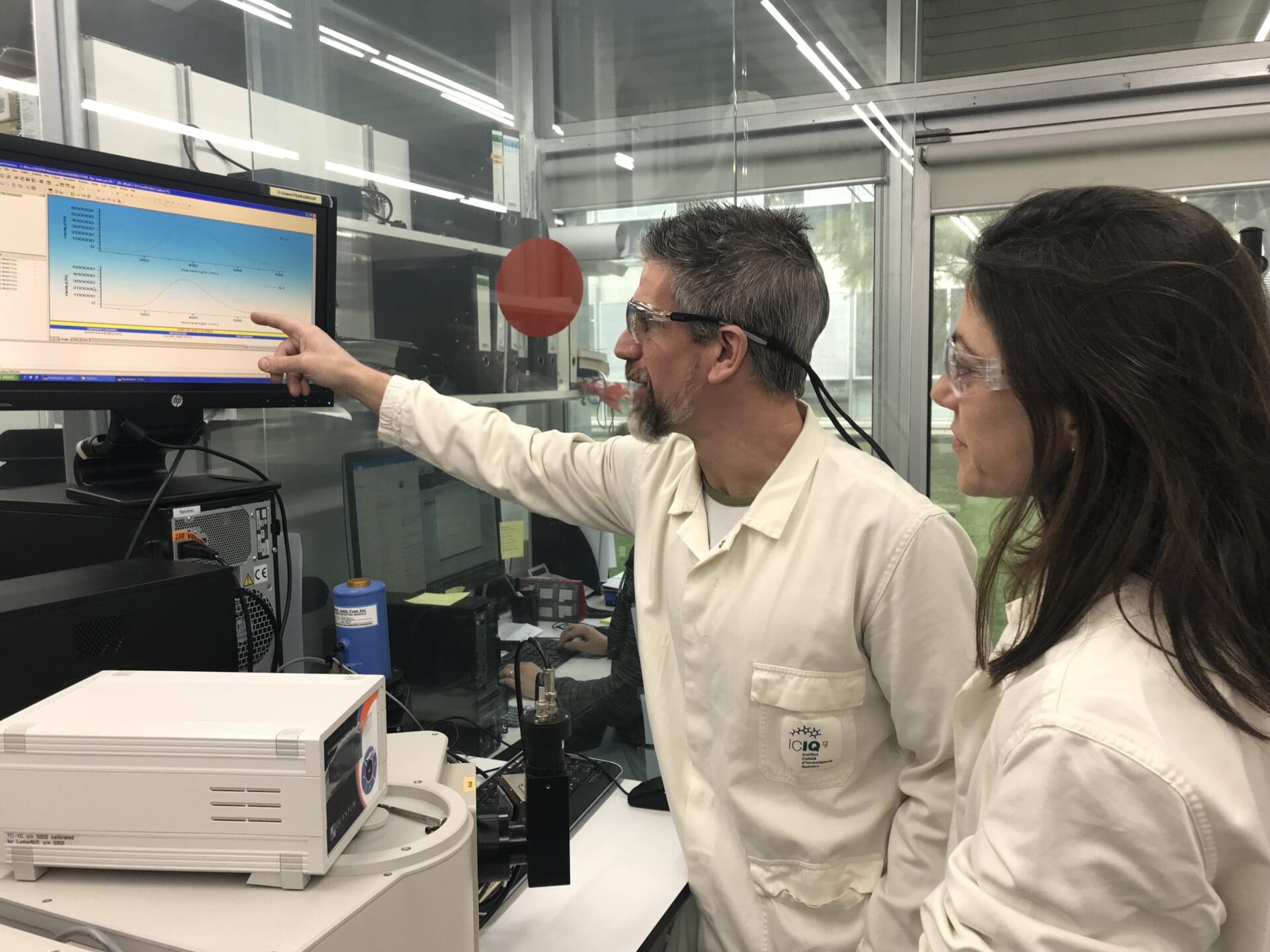





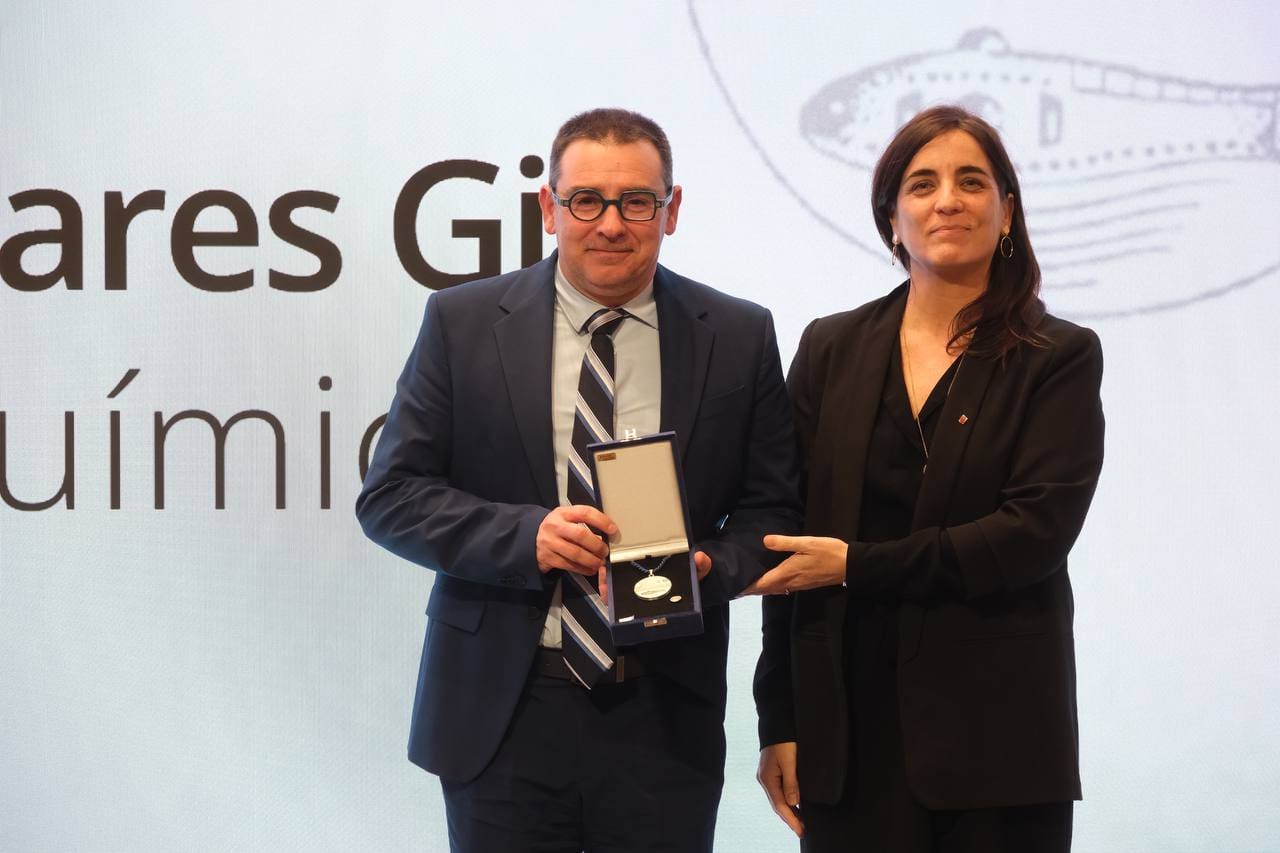
 17-02-2025
17-02-2025 